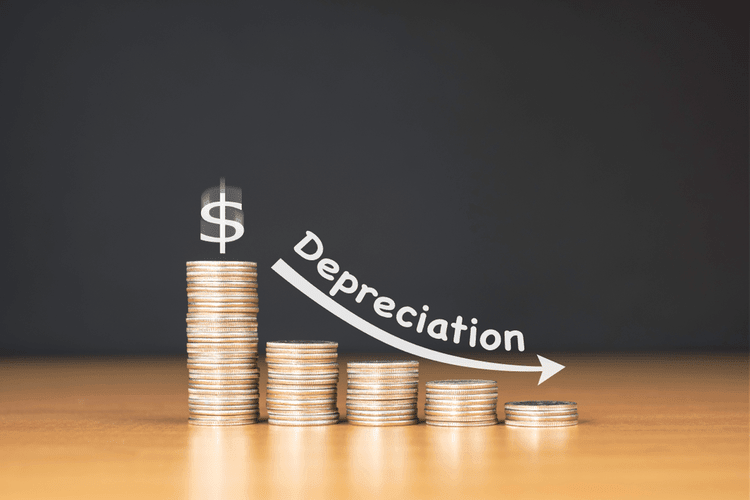
Alternatively, companies that rely on shipping and delivery companies that use driverless technology may be faced with an increase in transportation or shipping costs (variable costs). These costs may be higher because technology is often more expensive when it is new than it will be in the future, when it is easier and more cost effective to produce and also more accessible. A good example of the change in cost of a new technological innovation over time is the personal computer, which was very expensive when it was first developed but has decreased in cost significantly since that time.

First, fixed production costs are aggregated lower in the income statement, after the contribution margin. Second, variable selling and administrative expenses are grouped with variable production costs, so that they are https://www.bookstime.com/articles/what-is-a-classified-balance-sheet part of the calculation of the contribution margin. And finally, the gross margin is replaced in the statement by the contribution margin. The contribution margin is how much money is left after variable costs are paid.
Contribution Margin vs. Gross Margin: What is the Difference?
It’s a bit like planning your allowance, so you know how much you can spend and save. Total variable costs are calculated by multiplying units by the cost per unit (per unit for cost of goods sold, and per unit for selling and administrative costs). In the United States, similar labor-saving processes have been developed, such as the ability to order groceries or fast food online and have it ready when the customer arrives. To calculate total variable costs, we multiply this by our 1,000 units and get $28,000. These costs don’t fluctuate with the level of production or sales an item makes—which is why they’re sometimes called fixed production costs.
Sometimes a direct cost would remain even if the cost
object were eliminated, but this is the exception rather than the
rule. Costs may be either directly or indirectly
related to a particular cost object. A cost contribution margin income statement format object
is a segment, product, or other item for which costs may be
accumulated. This approach facilitates a more nuanced understanding of cost behavior and its direct impact on a company’s financial footing.
Differences in Treatment of Fixed Production Costs
Financial statements are tools for solving this mystery, but they can be tricky to understand. It’s not just another boring document – it shines a spotlight on how sales and costs dance together. We’ll next calculate the contribution margin and CM ratio in each of the projected periods in the final step. To perform a more detailed analysis on either a quarterly or year-over-year (YoY) basis – or comparisons to comparable companies operating in the same industry – the CM metric can be divided by revenue to get the CM ratio. Along with the company management, vigilant investors may keep a close eye on the contribution margin of a high-performing product relative to other products in order to assess the company’s dependence on its star performer. To calculate the contribution margin, you need more detailed financial data to calculate EBIT.
